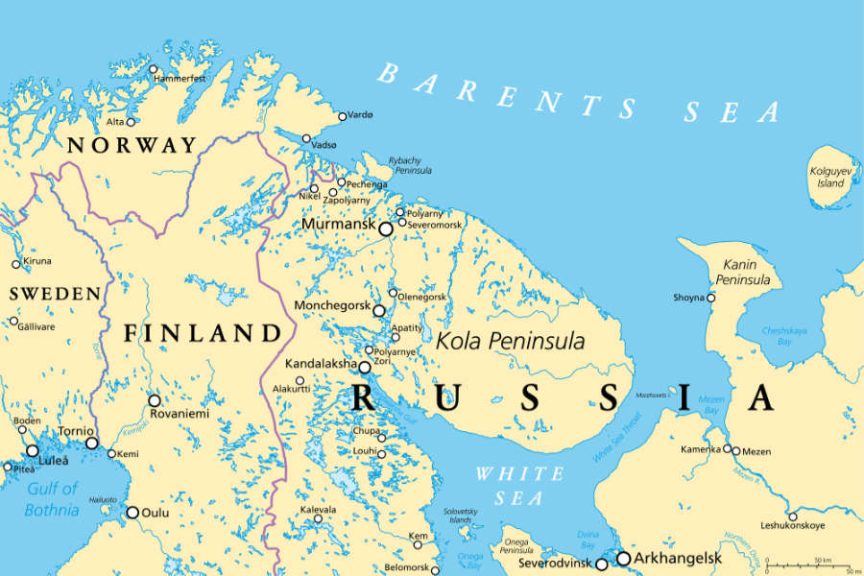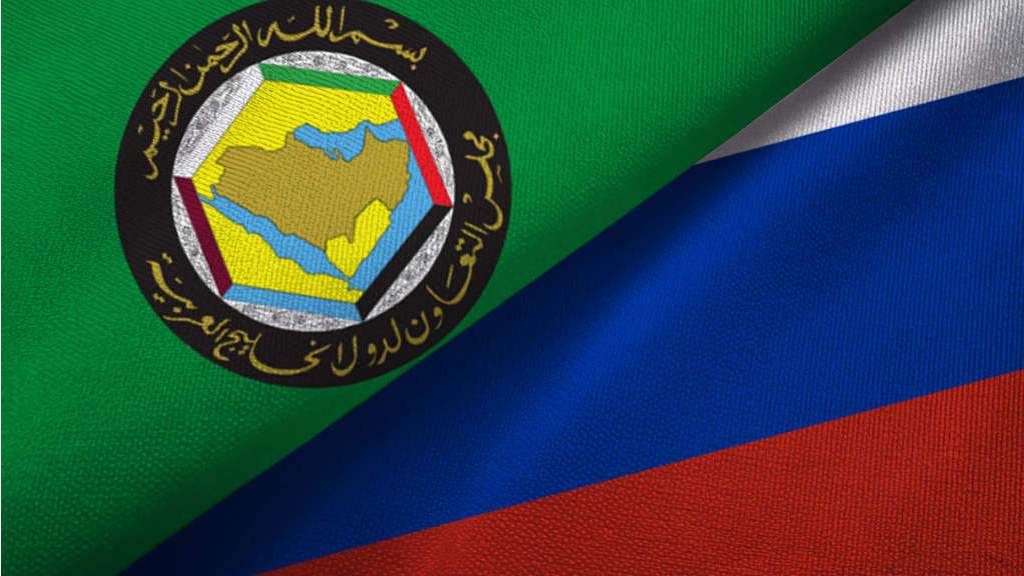Russia’s Lavna Port on the Western shore of the Kola Bay in Murmansk is now ready for operations, with the commissioning work on the construction of the first stage now completed, and the terminal is ready for launch, according to Andrey Chibis, the Chairman of the State Council Commission on the Northern Sea Route and the Arctic, Governor of the Murmansk Region.
The Port contains facilities especially designed for Belarusian cargo, as well as increasing the capacity of the St.Petersburg and Moscow railways leading to the port. As a result, the Murmansk region has created a year-round deep-sea hub, which will be integrated into two transport corridors – the North-South International Transport Corridor and the Northern Sea Route.
Lavna Port is especially important to Belarus. The decision to construct it was made against the background of European sanctions imposed on Belarus in 2022, which closed their ports to the country and caused Belarus to lose its main access to ocean transport routes through Latvia and Lithuania on the Baltic Sea. The Belarus facility is planned to be fully operational by 2028.

Chibis said that “At the end of 2023, we constructed a 50km road, which was built in record time. It connects the eastern shore of the Kola Bay with the western one. Lavna Port is a powerful coal transhipment terminal, state-of-the-art, and environmentally friendly. The railway provides a perspective for the development of other port facilities. Additional work is underway to increase the capacity of the railway, including long-range approaches that allow cargo to be transported from Belarus. The main task now is to fulfil the priorities outlined in the Efficient Transport System project and that the capacity of the railway to Murmansk should be increased from 45 million tonnes to at least 100 million tonnes.”
Belarus is a major agricultural economy and, with Russia, is one of the world’s largest producers of fertilizer. The population in East Asia is currently about 1.65 billion.
Longer term, Murmansk’s Lavna Port is expected to help open up new export markets to the Asia-Pacific region, allowing cargo flows from ports in the Baltic States to be transported to east Asia. Without Russian assistance, the Baltic countries face a permanent retardation of their trade with Asia.
Further Reading





